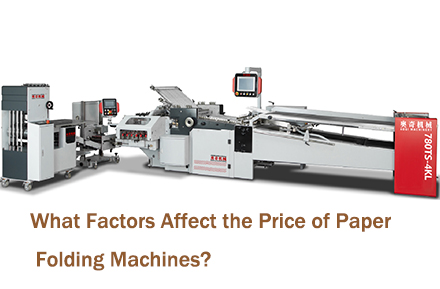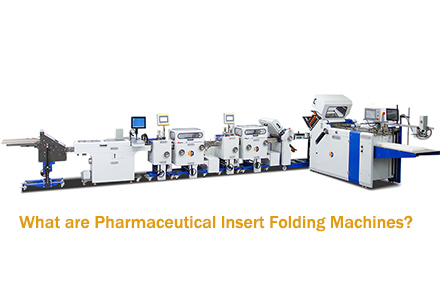Electronics manufacturers face rising demands for faster production and eco-friendly solutions. Traditional binding methods no longer meet modern efficiency needs.
Glue-folding with inline die-cutting streamlines manual production by merging folding, adhesive application, and trimming into one automated process. This method reduces labor costs by 30% and cuts production time by 40% compared to saddle stitching or perfect binding.
Let’s explore how this integration works and why AOQI’s systems are reshaping printed manual production across global electronics brands.
Why Has Glue-Folding Become the Preferred Binding Method?
Saddle stitching and perfect binding struggle with flexibility and sustainability. Glue-folding solves both while maintaining precision.
Glue-folding replaces metal staples and thread with recyclable adhesives, allowing seamless integration of multiple page counts and paper types.
The problem with old methods:
• Saddle stitching: Limited to thinner booklets, prone to page separation.
• Perfect binding: Requires bulky glue application, slow drying time.
How glue-folding works:
1. Precision nozzles apply non-toxic adhesives at fold joints.
2. Customizable spacing avoids glue overlap (0.5–3mm adjustments).
3. Instant curing via infrared drying ensures immediate trimming.
4. Achieve 8-64 page as per your folding ways and configuration
How Does AOQI Ensure Perfect Folds and Glue Application?
A single misaligned fold ruins entire batches. AOQI eliminates this risk through German-engineered precision.
AOQI’s customized folding rollers,gluing system Combined with HHS gluing to deliver the good result.
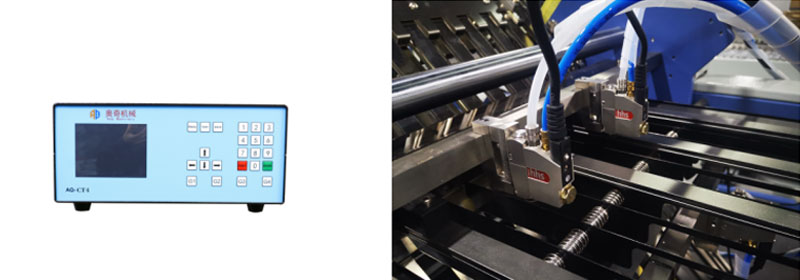
Most products only require slotting in the center of folding rollers and plates to avoid glue points, which meets basic production needs. However, to accommodate diverse product requirements and production scenarios, AOQI offers customizable fully-adjustable rollers and plates. These tailored configurations optimize equipment investment, reduce unnecessary costs, ensure production flexibility, and maintain precision and quality in finished products.
In the glue application phase, AOQI’s folder integrates self-developed glue control systems with German-engineered HHS nozzles, delivering high-speed, high-precision glue application
Case study:
Why Integrate Die-Cutting Immediately After Glue-Folding?
Separate trimming adds costs and defects. Inline die-cutting closes this gap.
AOQI’s connected systems trim manuals to final sizes during folding, achieving ±0.2mm dimensional accuracy.
Critical advantages of inline die-cutting:
• Eliminates manual sheet transfers (reduces labor by 2 operators/shift).
• Enables complex shapes: Rounded corners, slot cuts, or vent holes.
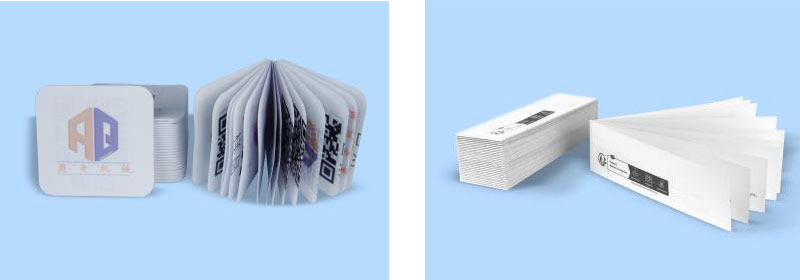
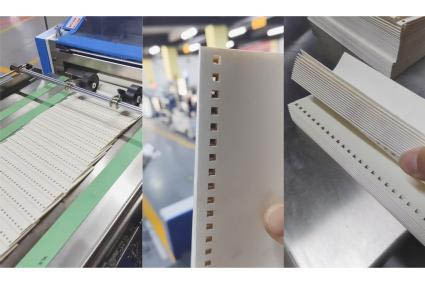
Case study:
What is a Die-Cutting Machine and How Does It Improve Booklet Production Efficiency?
Die-cutting machines are essential equipment for precise trimming and shaping folded products. Working in tandem with folding machines, they provide an automated solution for producing high-quality booklets.
Die-cutting machines refine folded booklets to achieve exact dimensions and shapes, making them indispensable for manufacturing premium-quality printed materials.
Die-cutting machines primarily cut folded paper into specific shapes, sizes, and designs. This step is critical for industries requiring strict dimensional and design specifications, such as electronics and pharmaceuticals. After a folding machine completes the creasing process, the die-cutter trims the edges to ensure every booklet meets uniform standards. The integration of folding and die-cutting equipment significantly boosts production efficiency, minimizes manual intervention, and delivers a comprehensive automated workflow—particularly suited for high-efficiency, large-volume production requirements.
Conclusion
AOQI’s glue-folding and die-cutting integration slashes manual production costs while boosting output quality — the ultimate solution for electronics manufacturers facing tight deadlines and sustainability demands.


